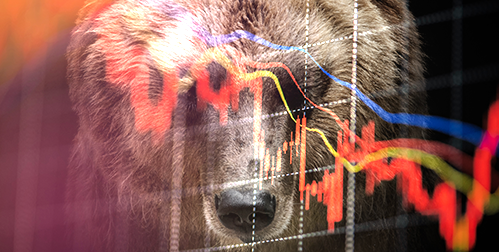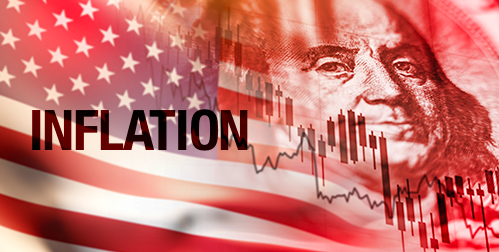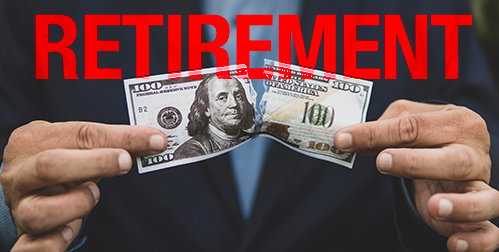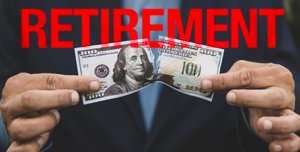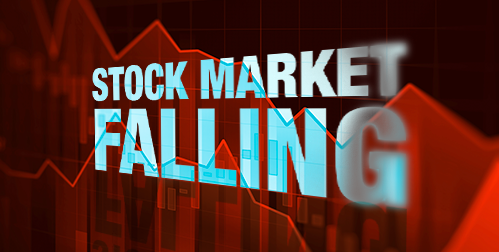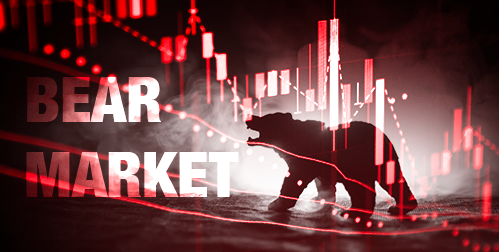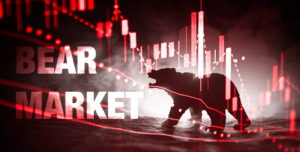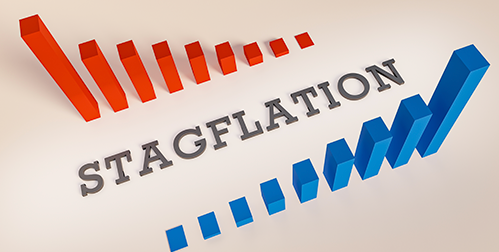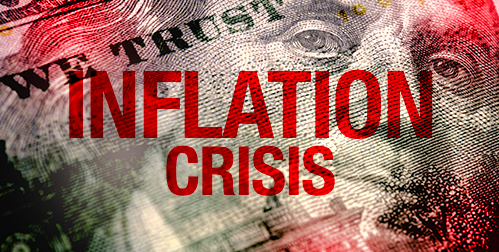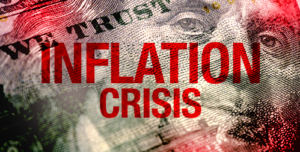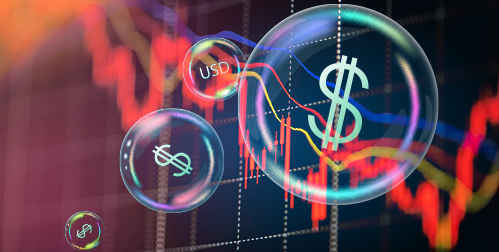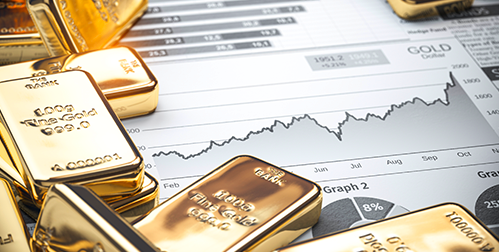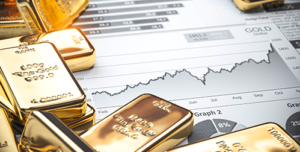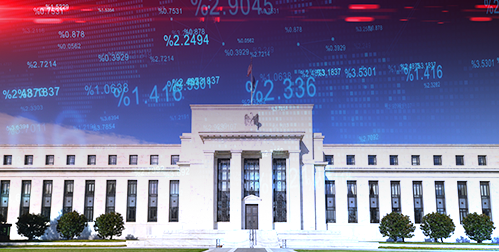- JP Morgan Chase CEO predicts an economic hurricane to pummel the economy
- The economy faces unprecedented challenges including record inflation, rising interest rates, and the Ukraine War
- JP Morgan is preparing for that turbulence by becoming more conservative with its balance sheet
Dimon Forecasts Economic ‘Hurricane’
JP Morgan CEO Jamie Dimon warned investors to brace for an economic “hurricane.” The economy is struggling against an unprecedented combination of challenges. Those challenges include tightening monetary policy and Russia’s invasion of Ukraine.
Dimon dismissed the recent stock market bounce. “Right now, it’s kind of sunny, things are doing fine. Everyone thinks the Fed can handle this. That hurricane is right out there down the road coming our way. We just don’t know if it’s a minor one or Superstorm Sandy. You better brace yourself.” he added. Still, he cited the strength of the consumer, rising wages and plentiful jobs as the “bright clouds” in the economy.1
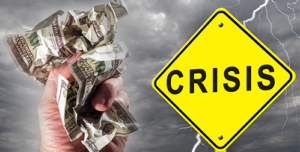
Causes for Concern
There are two main factors that have Dimon worried:
The Federal Reserve is under pressure to get runaway inflation under control. Their plan is to shrink the economy by raising interest rates. They will also reverse its emergency bond-buying program and shrink its balance sheet. So-called quantitative tightening, or QT, is scheduled to begin this month. It will ramp up to $95 billion a month in reduced bond holdings. The Fed will be followed by other major central banks in the first ever round of global QT.
“We’ve never had QT like this, so you’re looking at something you could be writing history books on for 50 years,” Dimon said. Several aspects of quantitative easing programs “backfired,” including negative rates, which he called a “huge mistake.” He acknowledges that central banks don’t have a choice. There is simply too much liquidity in the system.2
Stocks have been hammered as investors prepare for the end of the Federal Reserve’s cheap money era. Stock prices are also dropping on fears that the Fed will push the economy into recession as it tries to tame inflation.
Dimon’s concerns for the market deepened since last week. During the response to the 2008 financial crisis, central banks, commercial banks and foreign exchange trading firms were the three major buyers of U.S. Treasury’s. The players won’t have the capacity or desire to soak up as many U.S. bonds this time, he warned. “I’m prepared for, at a minimum, huge volatility, ” Dimon said.
The other large factor worrying Dimon is the Ukraine war. It is roiling commodity markets around the world. The prices of oil, gas and wheat are being severely impacted. Oil could hit $150 or $175 a barrel, he said.3
A top Goldman Sachs Group Inc. executive echoed Jamie Dimon’s pessimistic tone, warning of tougher times ahead amid a string of shocks rattling the global economy.
“This is among — if not the most — complex, dynamic environments I’ve ever seen in my career,” Goldman President John Waldron said Thursday. “The confluence of the number of shocks to the system to me is unprecedented.” He fears that risks from inflation, changing monetary policy and Russia’s invasion of Ukraine could kneecap the global economy.4
Dimon said JP Morgan is preparing for that turbulence by being conservative with its balance sheet.5
In the face of an impending economic hurricane, safe haven assets are crucial to protecting the value of investments. The Gold IRA from American Hartford Gold is designed to help investors weather financial storms. Contact us today to learn more. 800-462-0071
